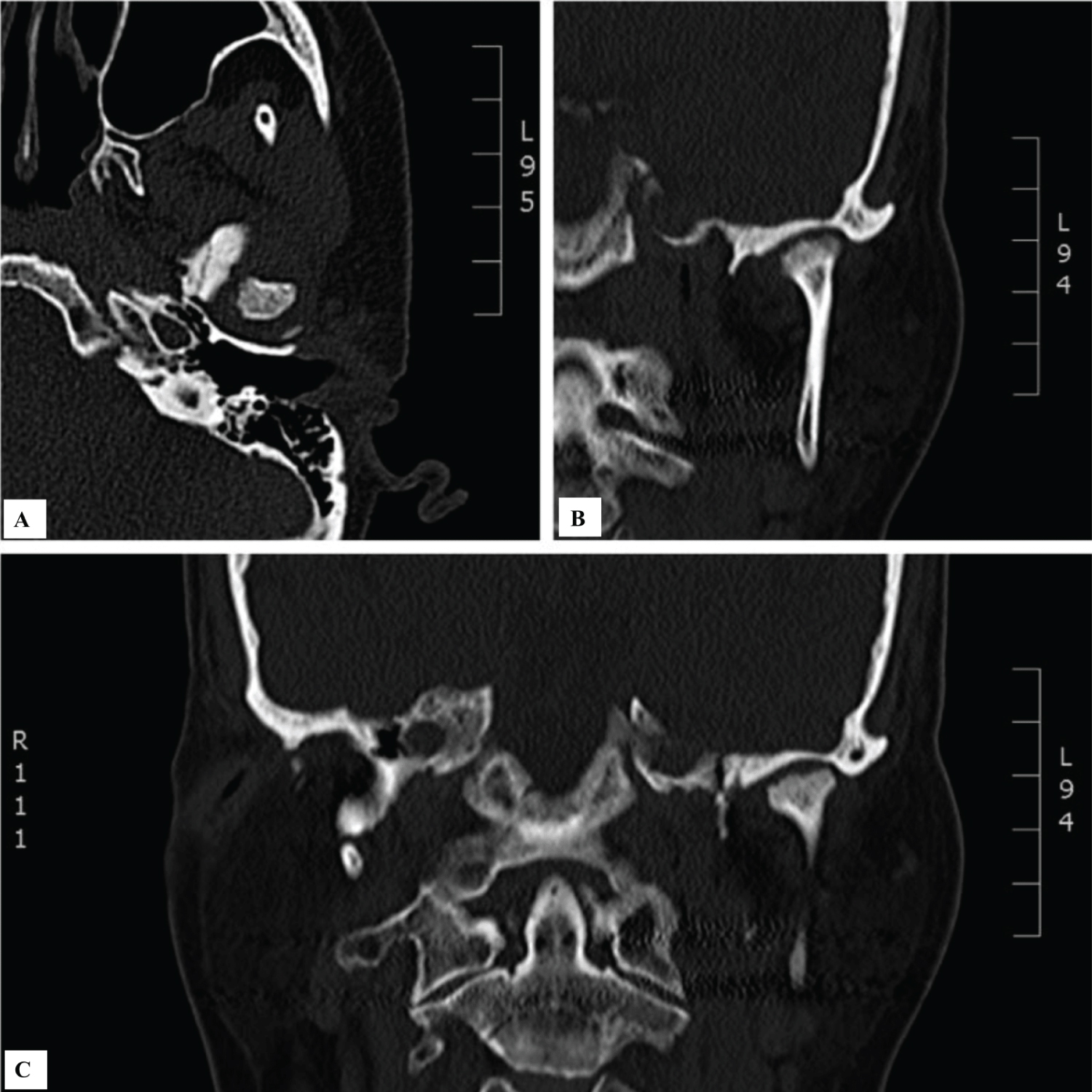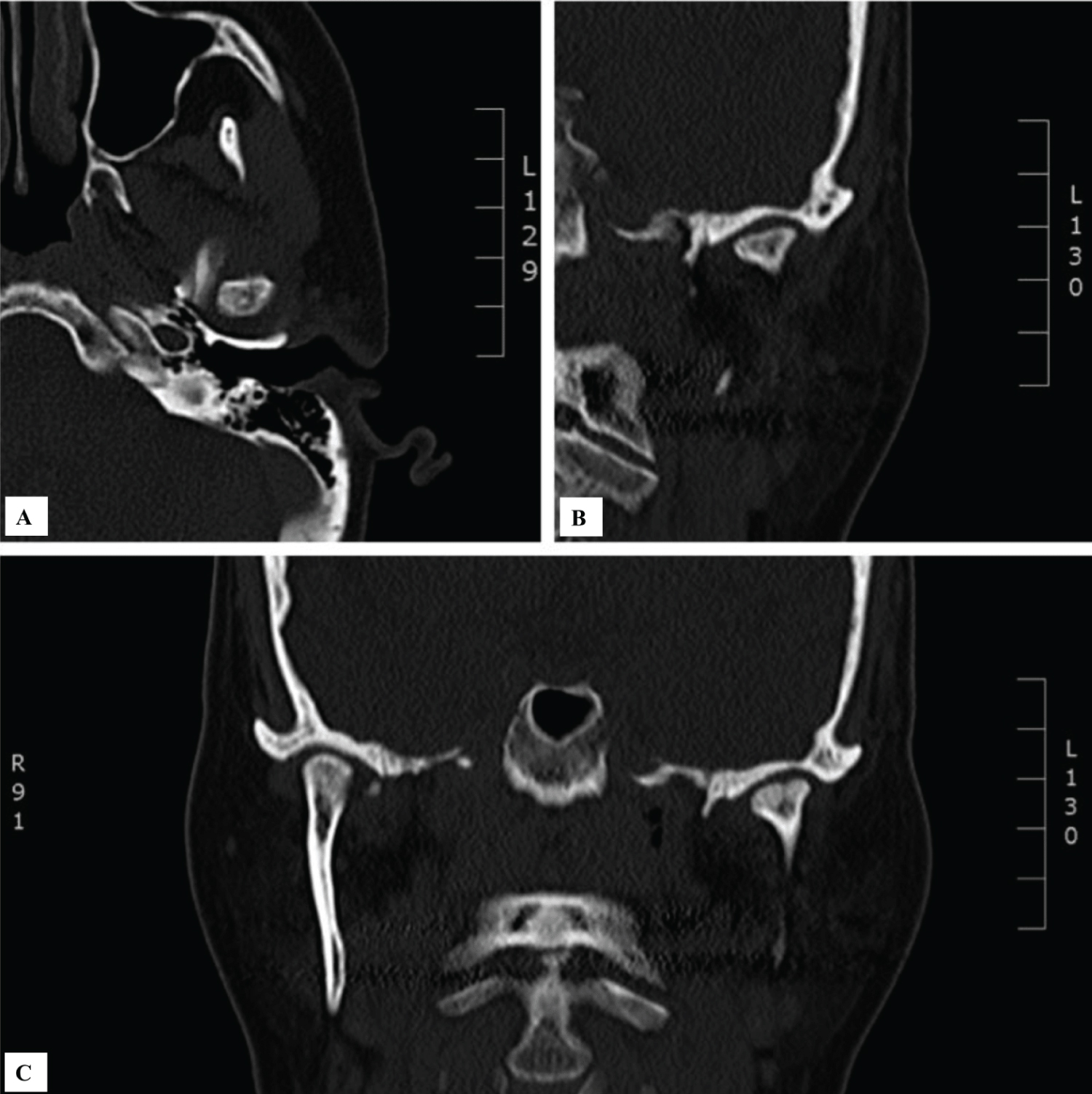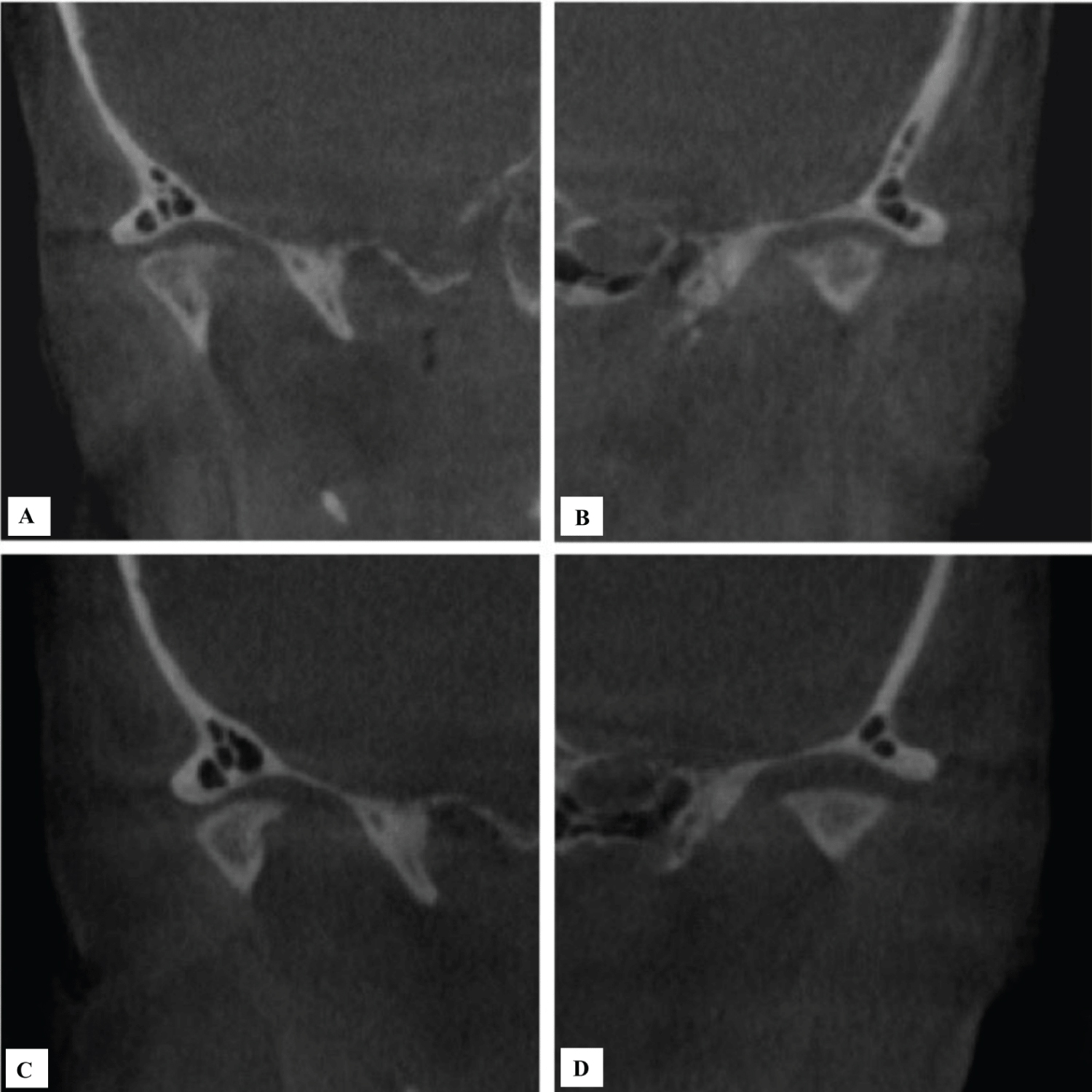Temporomandibular joint (TMJ) internal derangement and subsequent degenerative joint disease is characterized as a progressive mechanical disorder with a majority of the initial treatment modalities aimed at managing symptoms and preventing further progression. Arthrocentesis is a minimally invasive and effective first-line surgical treatment option for patients with early stages of TMJ internal derangement who have failed nonsurgical and pharmacological treatment. Arthrocentesis removes inflammatory mediators that are associated with degradation of the TMJ complex. Intra-articular injections of adjunctive medications such as steroids and hyaluronic acid have also been used with varying results [1].
However, minimal consideration has been given thus far to regeneration therapy. Procenta is an FDA-approved acellular placental-derived graft with innate ability to allow recipient cells to infiltrate and proliferate, allowing for an appropriate biological reparative response to occur [2]. Additionally, Procenta provides unique viscous handling properties and tensile strength which could improve TMJ functionality. The present study evaluated the outcome of the use of placental-derived-graft injection during arthrocentesis in patients with advanced TMJ internal derangement and degenerative joint disease.
We implemented a retrospective case series study of patients who had undergone arthrocentesis followed by intra-articular injection of 1 cc of Procenta at the Walter Reed National Military Medical Center (Bethesda, MD) between January 2020 and March 2022. The inclusion criteria included patients with impaired jaw function for at least 6 months due to advanced TMJ internal disc derangement based on Wilkes Classification and associated radiographic osseous changes.
Efficacy was determined by both objective and subjective measurements to include pain at rest and during mastication measured using a visual analog scale (VAS), maximal incisal opening, and radiographic changes to the bony morphology of the TMJ complex (Figure 1). The primary analysis compared the preoperative measures with those at the last follow up visit. Analytical statistics were computed to assess pre- and postoperative differences and radiographic bony changes were evaluated by a radiologist. A paired t test was used to test significance in this study as the small sample size limited the use of other significance tests (n < 30).
 Figure 1: Preoperative computed tomography of a 63-year-old female patient with severe degenerative joint disease of the left temporomandibular joint (A) Axial view demonstrating cortical irregularity and bony erosion along the medial aspect of the left condylar head; (B) Coronal view again demonstrating degeneration at the left condylar head; (C) Coronal view again demonstrating degeneration at the left condylar head.
View Figure 1
Figure 1: Preoperative computed tomography of a 63-year-old female patient with severe degenerative joint disease of the left temporomandibular joint (A) Axial view demonstrating cortical irregularity and bony erosion along the medial aspect of the left condylar head; (B) Coronal view again demonstrating degeneration at the left condylar head; (C) Coronal view again demonstrating degeneration at the left condylar head.
View Figure 1
The sample for the present study consists of 6 female patients with mean age of 38 who had a clinical diagnosis of Wilkes Stage IV (84%) and Stage V (16%) TMJ internal derangement. After one week, pain decreased significantly from 8.00 to 3.20 (P = 0.0125). When comparing data from the preoperative evaluation to the most recent follow up of each patient, pain decreased very significantly from 7.83 to 1.50 (P = 0.0008) along with improved quality of life. The MIO had increased from 35.50 to 38.83 (P = 0.2256).
The most significant finding was de novo osseous regeneration along the superior aspects of the condylar heads at approximately 12 months post operatively (Figure 2). However, the two patients who subsequently underwent open joint procedures within six months of arthrocentesis and injection of Procenta, demonstrated bony erosion of the condylar head at the surgical site.
 Figure 2: Postoperative computed tomography of the same 63-year-old female patient with left temporomandibular joint degenerative joint disease showing osseous regeneration in the area of condylar head 12 months postoperatively (A) Axial view exhibiting regeneration of bone and recortication of the condylar head; (B) Coronal view again confirming regenerative process at the left condylar head; (C) Coronal view again confirming regenerative process at the left condylar head.
View Figure 2
Figure 2: Postoperative computed tomography of the same 63-year-old female patient with left temporomandibular joint degenerative joint disease showing osseous regeneration in the area of condylar head 12 months postoperatively (A) Axial view exhibiting regeneration of bone and recortication of the condylar head; (B) Coronal view again confirming regenerative process at the left condylar head; (C) Coronal view again confirming regenerative process at the left condylar head.
View Figure 2
Intra-articular injection of Procenta can be effective in alleviating pain, restoring TMJ function and improving quality of life in patients with advanced degree of TMJ internal derangement. The regeneration of bone at the condylar head can potentially delay open joint procedures such as arthroplasty or total joint replacement for a prolonged period of time. Prospective randomized controlled trials are warranted to fully elucidate the efficacy and benefit of placental derived graft in treating TMJ disorders (Figure 3).
 Figure 3: Preoperative computed tomography coronal image of a 31-year-old female patient with mild degenerative joint disease of bilateral temporomandibular joint (A) right TMJ complex; (B) left TMJ complex. Coronal view demonstrating regeneration of bone and well-defined cortical borders of the condylar head bilaterally 10 months postoperatively (C) right TMJ complex; (D) left TMJ complex.
View Figure 3
Figure 3: Preoperative computed tomography coronal image of a 31-year-old female patient with mild degenerative joint disease of bilateral temporomandibular joint (A) right TMJ complex; (B) left TMJ complex. Coronal view demonstrating regeneration of bone and well-defined cortical borders of the condylar head bilaterally 10 months postoperatively (C) right TMJ complex; (D) left TMJ complex.
View Figure 3